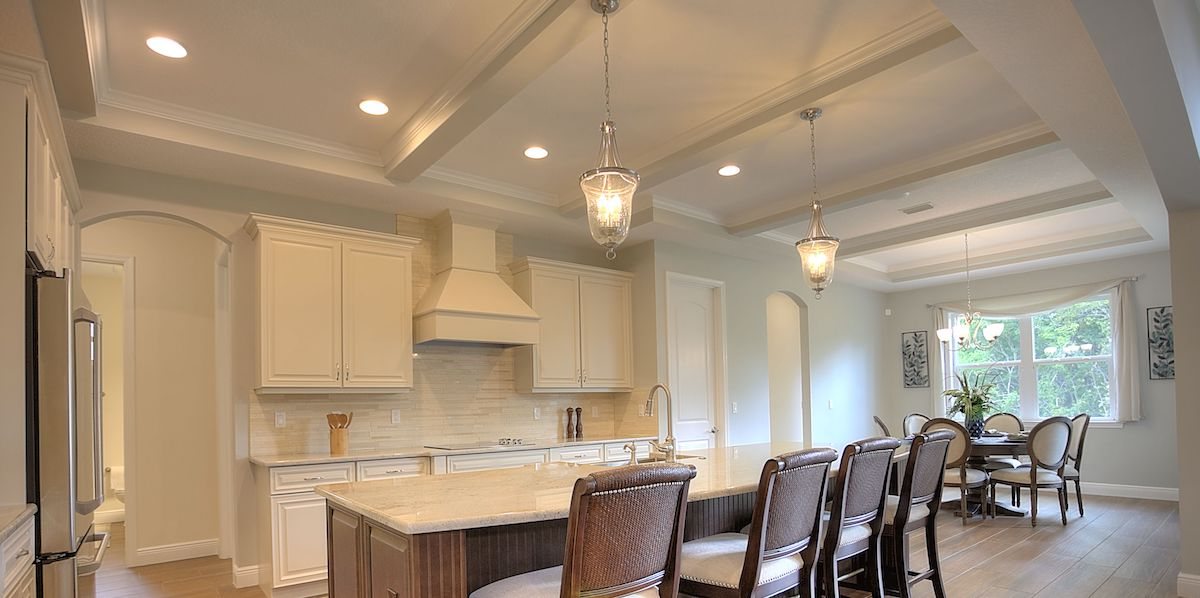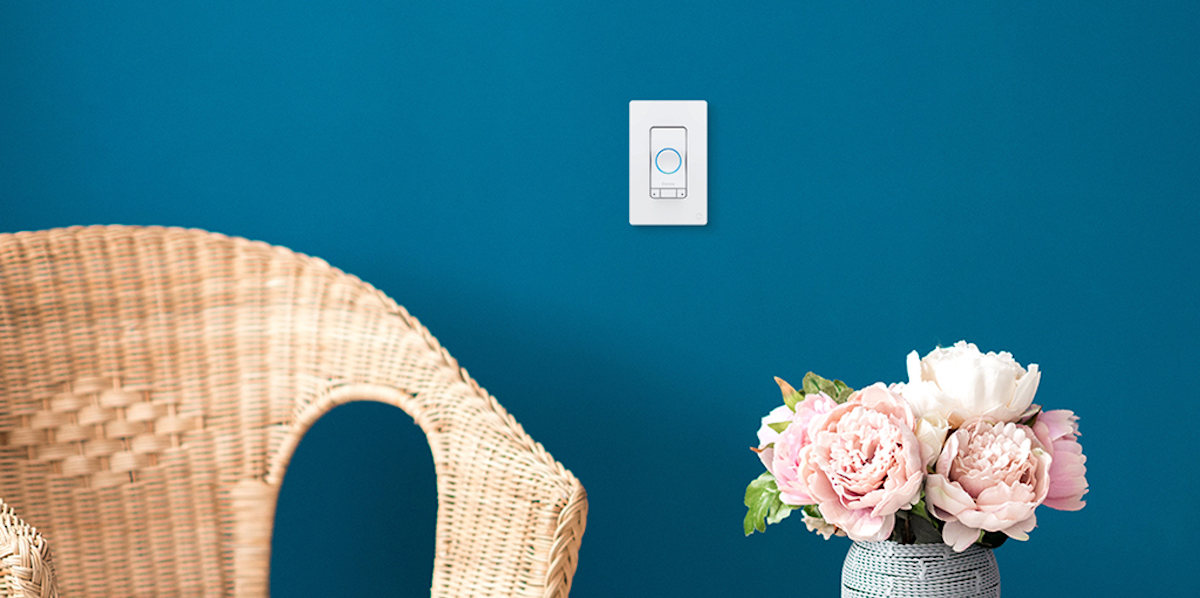iDevices Connected News
Here's what we've been up to at iDevices...
Why iDevices smart home solutions work with Wi-Fi

iDevices products work with Wi-Fi; not a surprise to anyone familiar with iDevices smart home solutions. But for those new to the smart home frontier, understanding how your products connect to the world around you is of utmost importance — from the early stages of your smart home design and beyond.
Besides Wi-Fi, smart home standards include Zigbee, Z-Wave and Bluetooth. Without getting too technical, each standard is based on radio waves sending signals to and from smart products in your home. Each standard operates at a different frequency, but that’s not the only key difference. Let’s dig into a few things you should consider when it comes to how your smart home products connect.
You already have Wi-Fi
For starters, you probably already have a home Wi-Fi network, or will have one at some point – unless your neighbors really like you. So your home is already equipped to work with Wi-Fi smart home products like iDevices smart switches, plugs, outlets and thermostat. With a home Wi-Fi network, you can easily access and control your products via a smart phone or tablet, or use voice control via Siri, Alexa, or the Google Assistant. Wi-Fi is a whole home network, and it's constantly improving with each generation.
Wi-Fi = No hub necessary
When it comes to Wi-Fi smart home products, you don’t need any additional hardware. Right out of the box, control iDevices products from anywhere, use your voice, and set schedules and scenes. If you use an iPhone or other iOS device, a home hub such as an Apple TV, iPad, or HomePod can give you the added ability to set triggers based on product state, proximity, and more.
Bluetooth products don’t require any additional hardware, but they can’t be used while you’re away from home. That’s not to say there aren’t merits to utilizing Bluetooth in your smart home alongside other standards. While iDevices main standard is Wi-Fi, our product line is also Bluetooth compatible. This serves as a secondary standard for pairing multiple Wall Switches/Dimmer Switches in 3- or 4-way setups. The iDevices Instant Switch, a wireless wall switch, acts as an add-on switch for iDevices products by quickly and easily pairing via Bluetooth.
Meanwhile, both the Zigbee and Z-Wave standards require a hub, an additional piece of hardware that serves as the middleman between your home’s Wi-Fi network and products. Without a hub, you can’t control Zigbee and Z-Wave products with your smart phone or voice. Depending on the size of your home, number of products, and building materials, you may need more than one. Hubs are usually sold separately, and don’t always work across brands.
Z-Wave & Zigbee: Similar, but different
Some hubs work with both Zigbee and Z-Wave products, while others only work with one or the other. While all Z-Wave products, regardless of brand, have been standardized to work with any Z-Wave hub, the Zigbee standard is less regulated, meaning that new Zigbee product you bought might not work with the Zigbee hub you initially purchased. The Z-Wave standard has more range compared to Zigbee, but there are more Zigbee smart home products on the market compared to Z-Wave. Zigbee can support more devices in your home – in the tens of thousands – while Z-Wave is limited to a couple hundred. Both standards are on parity in that they required a hub, but a hub doesn’t add any benefit to your home’s connectivity as a whole. The purpose of a hub is singular; to connect smart home products.
So why Wi-Fi?
With Wi-Fi, there's no need to worry about what type of hub to buy. In terms of range and product selection, Wi-Fi is far superior to any other standard, so there's no need to fret over how many products you’ll be able to add to your home, or if that one product you really need is compatible. Depending on your product count, you’ll probably want to invest in optimizing your home Wi-Fi network. But that’s bound to happen anyway with the sheer number of connected products making their way into our homes in the coming years. Plus, your Wi-Fi upgrade doesn’t just benefit your smart home products, it benefits everything that connects to the internet in your home. That’s already a lot of things, and the Internet of Things is constantly expanding.
There’s a lot to balance and consider when planning out your smart home. Pick the wrong standard, and you may be severely limited in how you can build out your smart home in the future. Here's the bottom line: Wi-Fi is a whole-home system, working in a multitude of environments and with a variety of device types. We don't think you should have to add more confusion to your life. With Wi-Fi, you have one standard for every connected product in your home - now, and far into the future. We can all agree Wi-Fi isn't going anywhere.



